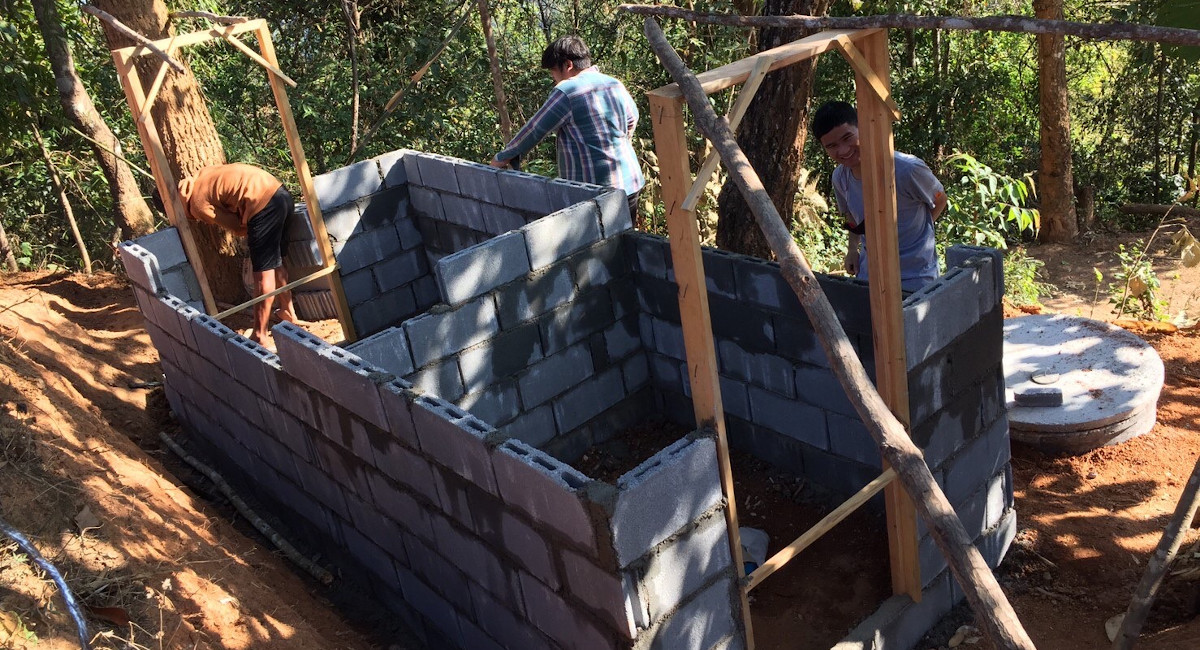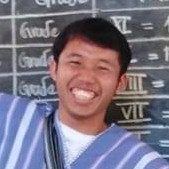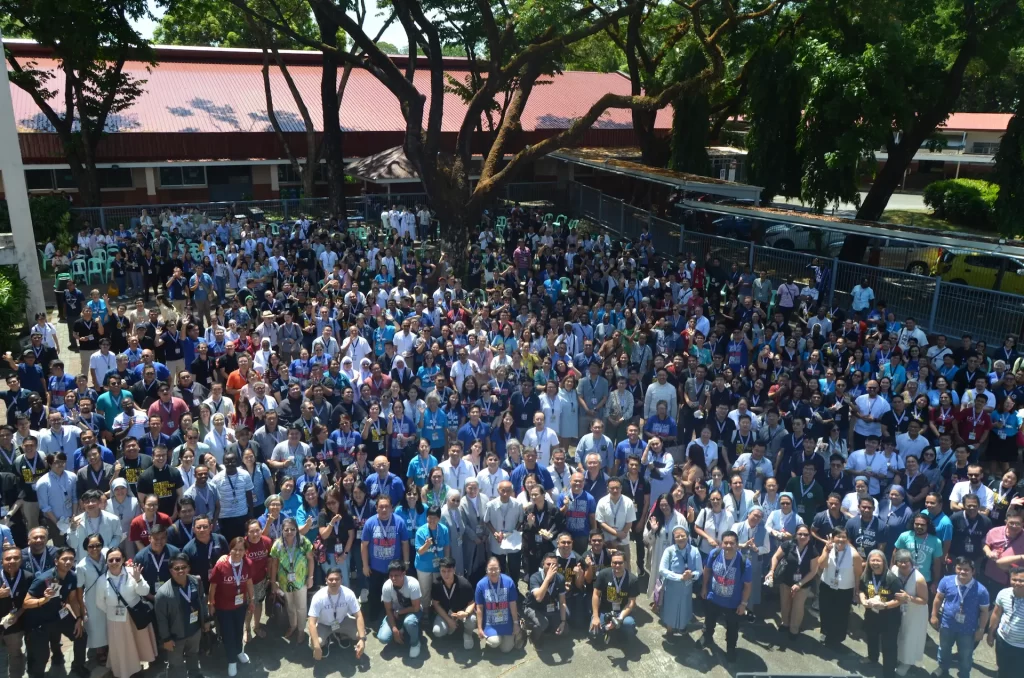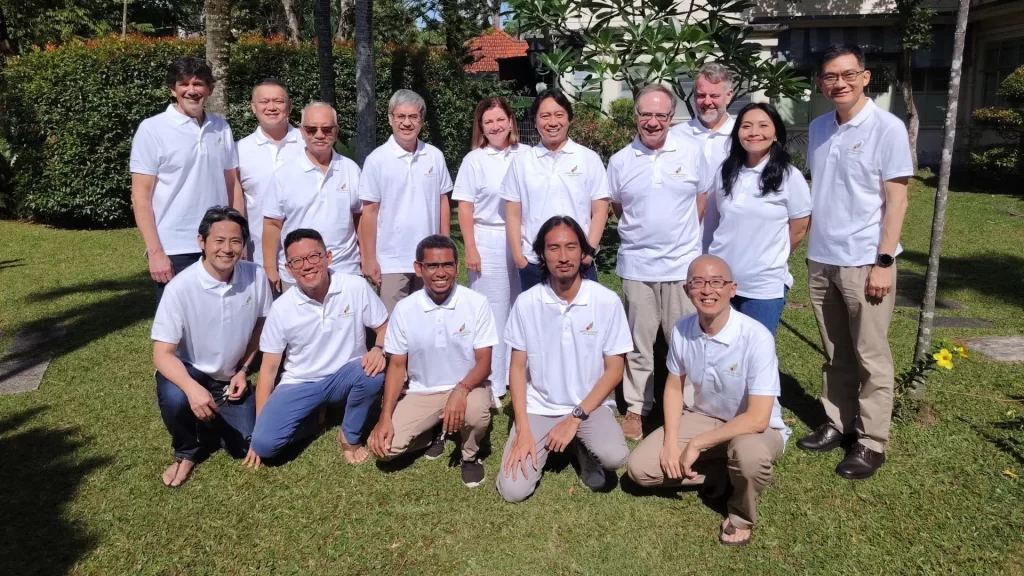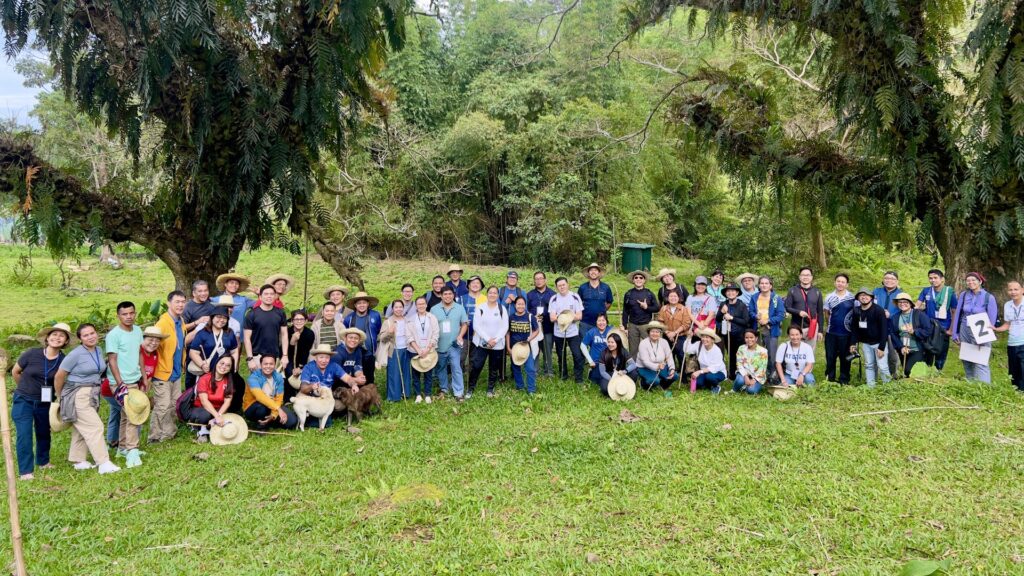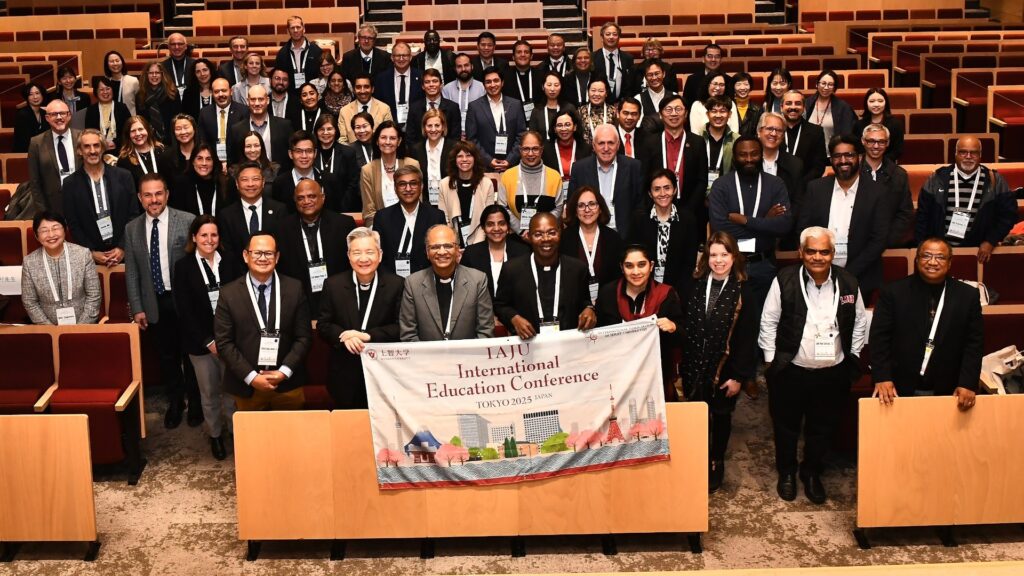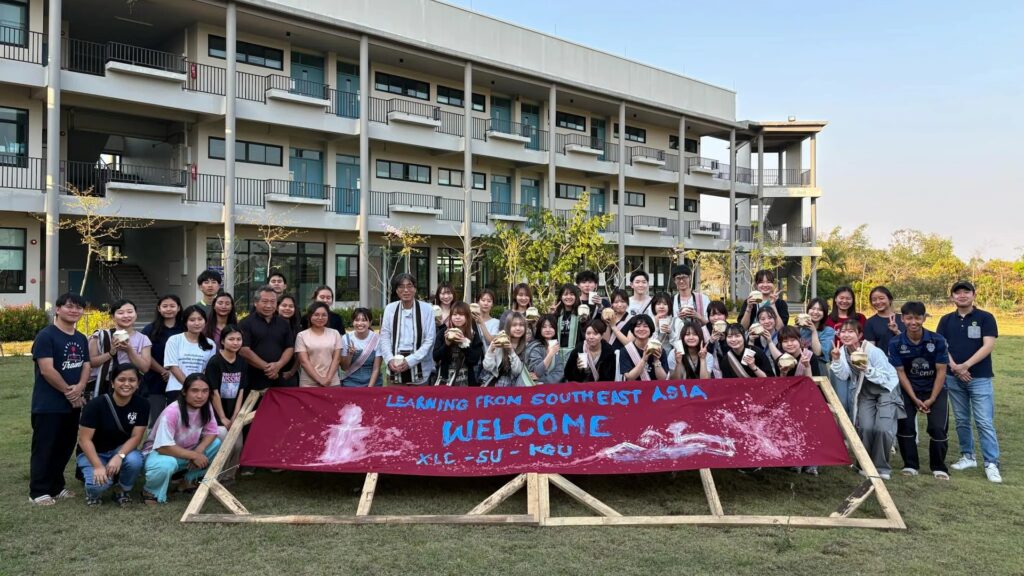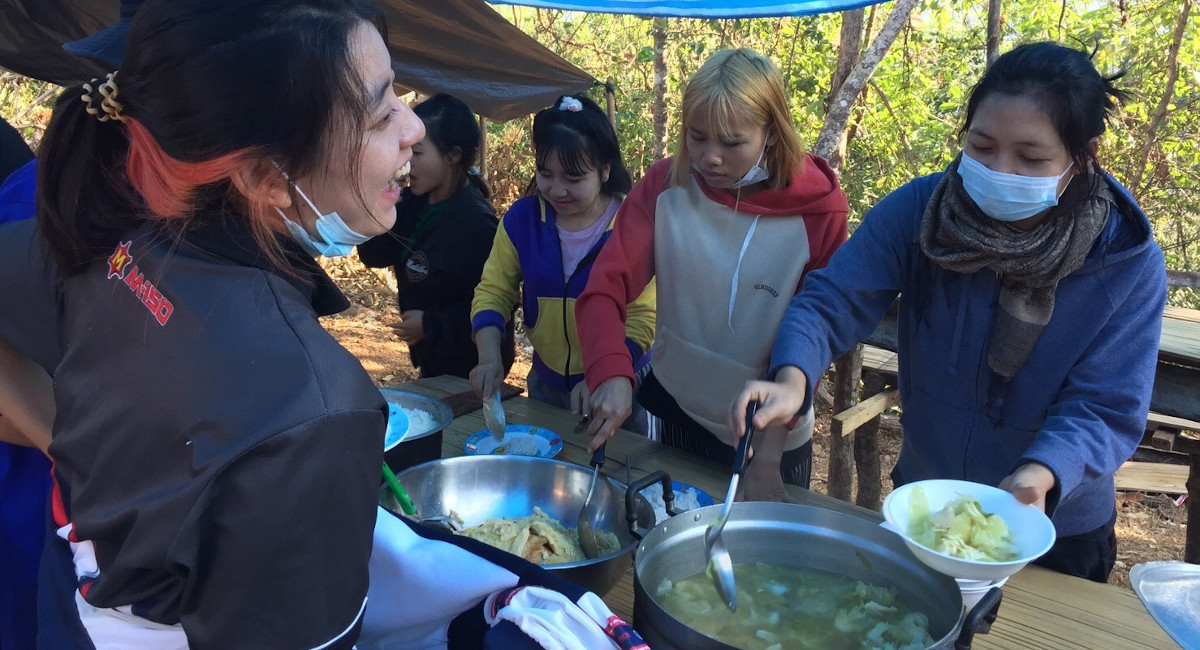
Every semester break, Fr Vinai Boonlue SJ takes XLC students to build a church or renovate a building. This year, Fr Vinai took the second year students to Ban Huai Kew Khamin in Mae Hong Son, a two-day trip from Chiang Rai.
Mae Hong Son province has 12 main indigenous groups: Tai Yai, Karen, Lahu Chae Lae, Lahu Daeng, Le Vue, Hmong, Lisu, Yunnan Chinese, Pow Kayan (long neck Karen), Kayah, and Pa-O.
Ban Huai Kew Khamin is a Karen indigenous village situated on a mountain and close to the national park. The village and community provide a good opportunity to experience life without electricity.
XLC student Nannalin Mayoe believes that the volunteer camp is a good example of collaboration between students and the villagers. It has taught her how to live with people who have a different background and culture.
Indeed, XLC’s programme in service learning offers us students a chance to reflect on our lives through works of charity. Fr Vinai encourages us to experience the same life as the villagers. For three days, we did not use our smart phones or go on social media.
At XLC, we have a cook who prepares our food, but in the camp we had to cook the food ourselves. It was a memorable moment to see my friends helping out in cooking or in building a bathroom for the villagers. I appreciate that we could support one another while developing our life skills. From this experience, I realised how Jesuit education is helping shape young indigenous leaders for the future.

